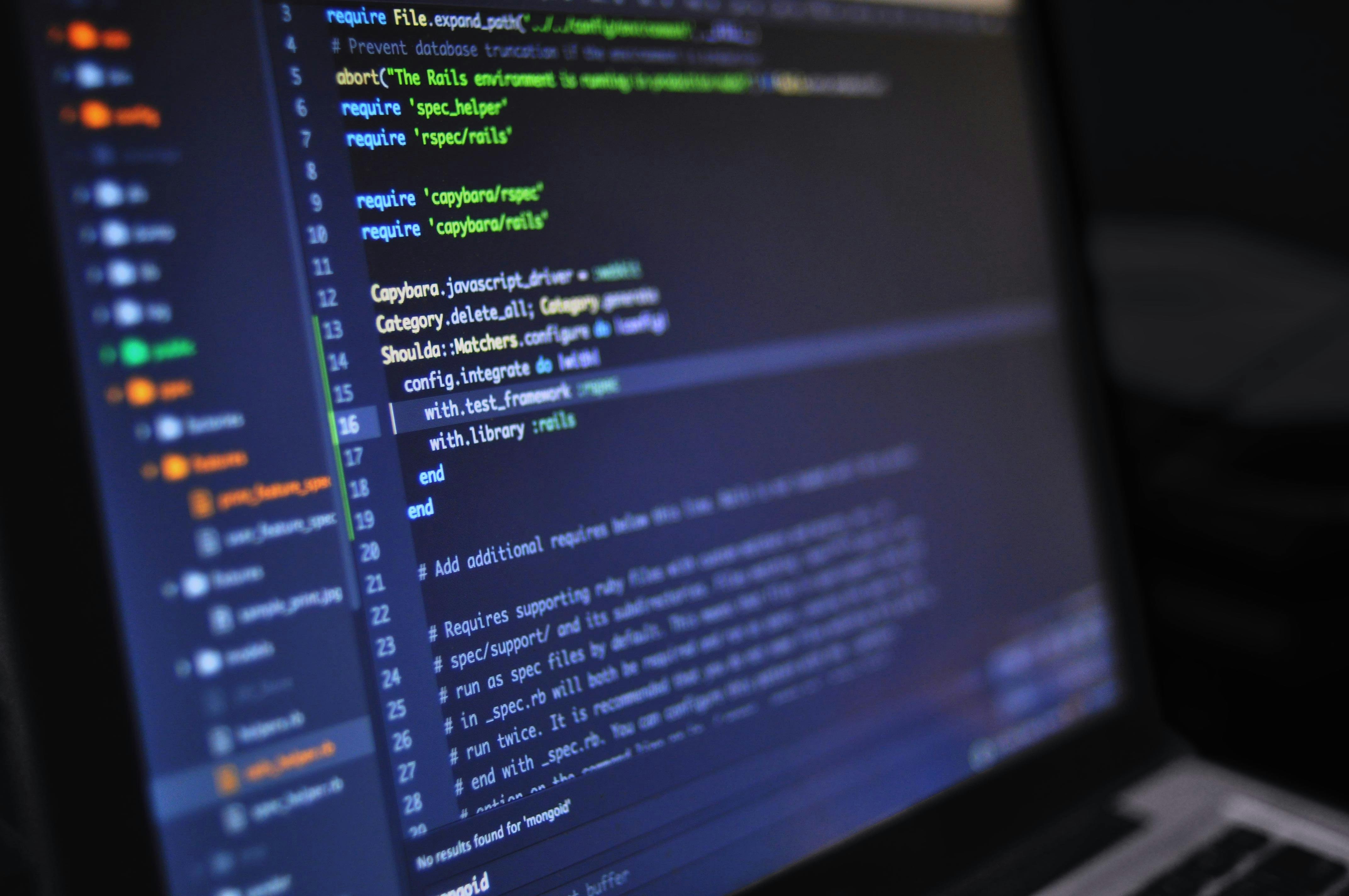What is a Deadlock in Go?
In Go, a deadlock occurs when goroutines are waiting on each other indefinitely, causing the program to freeze. The Go runtime detects such scenarios and terminates the program with a panic.
Example of a deadlock:
// Incorrect
func main() {
ch := make(chan int)
ch <- 42 // Deadlock: sending on an unbuffered channel without a receiver
}Common Causes and Solutions
1. Unbuffered Channels Without Receivers
Sending data on an unbuffered channel without a corresponding receiver results in a deadlock:
// Incorrect
ch := make(chan int)
ch <- 1 // No goroutine to receiveSolution: Use a receiver in a separate goroutine:
ch := make(chan int)
go func() {
fmt.Println(<-ch)
}()
ch <- 12. Goroutines Waiting on Each Other
Deadlocks occur when multiple goroutines are waiting on channels in a circular dependency:
// Incorrect
ch1 := make(chan int)
ch2 := make(chan int)
go func() {
ch1 <- <-ch2 // Waits on ch2
}()
ch2 <- <-ch1 // Waits on ch1Solution: Avoid circular dependencies by restructuring your code:
ch1 := make(chan int)
ch2 := make(chan int)
go func() {
ch1 <- 1
}()
fmt.Println(<-ch1)3. Blocking on Closed Channels
Reading from or writing to a closed channel causes a panic or deadlock:
// Incorrect
ch := make(chan int)
close(ch)
ch <- 1 // Panic: send on closed channelSolution: Avoid sending to closed channels and use a flag to manage closure:
ch := make(chan int)
close(ch)
if v, ok := <-ch; ok {
fmt.Println(v)
}4. Insufficient Channel Buffer Size
Unbuffered or small-buffered channels can cause deadlocks if the sender outpaces the receiver:
// Incorrect
ch := make(chan int, 1)
ch <- 1
ch <- 2 // Deadlock: buffer is fullSolution: Use buffered channels with adequate capacity:
ch := make(chan int, 2)
ch <- 1
ch <- 25. Premature Termination of Goroutines
When a goroutine exits before completing its task, other goroutines depending on it may block indefinitely:
// Incorrect
ch := make(chan int)
go func() {
return
}()
fmt.Println(<-ch)Solution: Ensure proper goroutine lifecycle management:
ch := make(chan int)
go func() {
ch <- 1
}()
fmt.Println(<-ch)Debugging Deadlocks
- Runtime Panic: The Go runtime detects deadlocks and provides a panic message with stack traces.
- Print Debug Logs: Use
fmt.Printlnto trace channel operations and identify blocking points. - Go Race Detector: Use
go run -raceto detect race conditions that may lead to deadlocks. - Delve Debugger: Step through goroutine execution and inspect channel states using Delve.
Best Practices to Avoid Deadlocks
- Use buffered channels for predictable communication patterns.
- Minimize shared state and dependencies among goroutines.
- Close channels carefully and only when all sends are complete.
- Avoid circular dependencies by restructuring communication flows.
- Monitor goroutine execution using tools like pprof for performance insights.
Conclusion
Deadlocks in Go can be challenging to debug but are preventable with disciplined concurrency management. By understanding the causes and following best practices, you can write safe and efficient concurrent programs in Go.
FAQs
1. What causes a deadlock in Go?
A deadlock occurs when goroutines are blocked indefinitely, often due to circular dependencies or unreceived channel data.
2. How can I debug a deadlock?
Use runtime panic messages, logging, and debugging tools like Delve to identify blocking points in your code.
3. What is the difference between buffered and unbuffered channels?
Buffered channels can store multiple values, while unbuffered channels require a sender and receiver to synchronize.
4. How do I avoid circular dependencies in Go channels?
Restructure your code to break circular dependencies and ensure proper sequencing of goroutine communication.
5. Can race conditions lead to deadlocks?
Yes, race conditions can cause unpredictable behavior, leading to deadlocks. Use the Go race detector to identify such issues.



